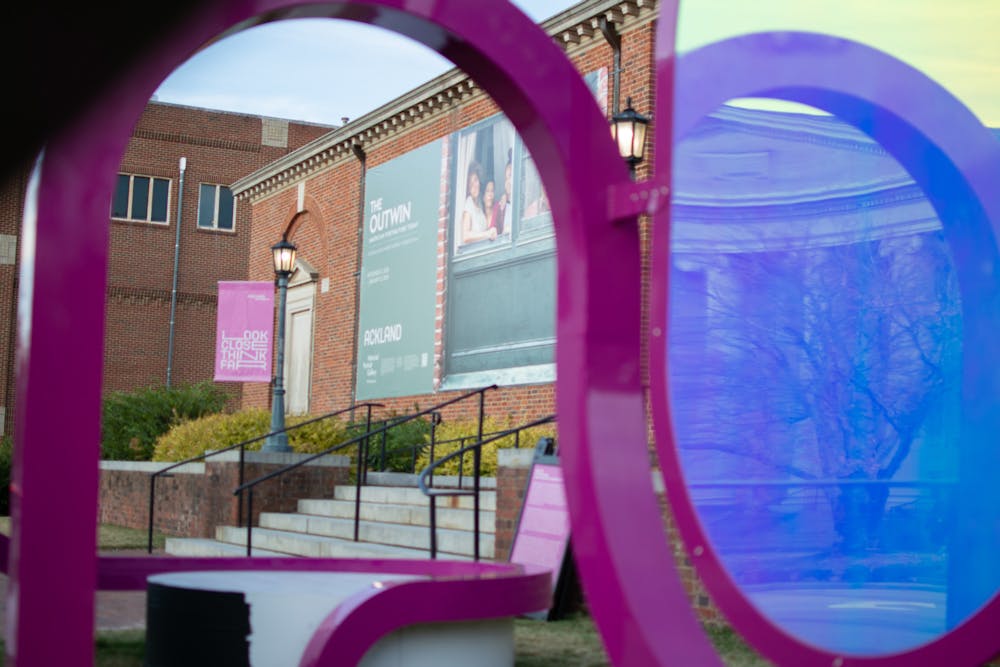Hundreds of years' worth of Indigenous art is now available for viewing at the Ackland Art Museum.
The Ackland teamed up with Oklahoma’s Gilcrease Museum and the American Federation of Art to present "Past Forward: Native American Art from Gilcrease Museum" from Feb. 16 to April 28.
The AFA works with museums worldwide, and when the Ackland’s Deputy Director for Curatorial Affairs Peter Nisbet heard that the Past Forward exhibition was available, he said he jumped at the opportunity to display it in Chapel Hill.
The Ackland has recently started concentrating more on Native American art, Nisbet said.
“We are thinking about presenting to our public the full spectrum of Indigenous arts if we can, and certainly this exhibition offered us a chance to present a very interesting take on Native American art from a really interesting and premier institution, one of the best collections of Native American art in the country,” he said.
The pieces in the Past Forward exhibit are a part of the over 12,000-piece collection of fine art at the Gilcrease Museum.
The museum was founded by Thomas Gilcrease, a Scots-Irish, French and Muscogee philanthropist who gained success as an oilman and began collecting fine objects of importance to Native American history and culture.
The exhibition consists of four sections with trans-historical themes of ceremony, sovereignty, visual abstraction and identity.
Katharine Wright, a curator with the AFA, said that the exhibit begins with a brief introduction and flows into the visual abstraction section with an array of works such as beadwork, pottery and paintings.




